
Niko Ikonen enjoys collecting flight points and experiences collecting as a game in which airlines are opponents. Even coaching for collecting points is sold online.
There are usually dozens of flights known. It was empty, says Ikonen.
From the number of flights, you could imagine that Ikonen flies for work. This is not the case – Ikonen works in the IT industry. He is a pretty stereotypical IT person. Calm and bespectacled.
But after the workday, Ikonen doesn’t cycle to the crossfit gym or go home to play console games. He is more likely to head to the airport because he enjoys collecting flight points.
After Christmas, Ikonen lived in emptiness for a couple of weeks until he took \”corrective measures\”. He bought flights via Istanbul to Mexico.
At the moment, the list of incoming flights is already closer to normal, i.e. the way it was before the corona and the war. The prices of plane tickets have decreased a bit recently, so it has been worth buying again.
When the hobby was new, that is, less than ten years ago, Ikonen’s annual flight numbers hovered at over a hundred for a long time and the schedule was tight.
For example, one month and a half vacation included three trips to Australia and one to the United States and Japan. Flights criss-crossed, he states himself.
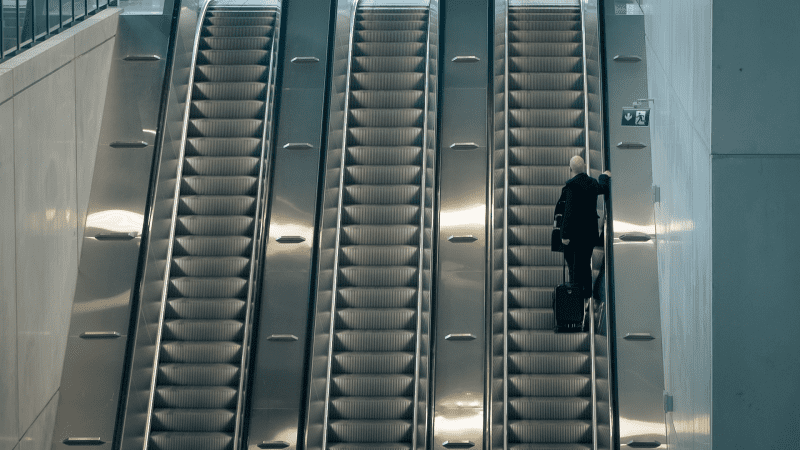
Once, Ikonen flew to Rome in the morning, back to Helsinki in the evening and continued from there on a connecting flight to Bangkok. It was a good deal: cheaper than the direct Helsinki-Bangkok flights thanks to the exchange, and also of course more flight points because there were more flights.
Ikos actually has a term for this kind of best possible deal: sweet spot.
The flight to Mexico was also a sweet spot. When booking it, Ikonen wanted to find the longest possible flight in business class with the points in use. The alternatives were Rwanda and India, but it only takes five hours to fly there. So the decision was easy, because you can sit on the plane to Mexico for fifteen hours.
Ikonen ponders how thanks to flying \”the world is open\” and asks rhetorically: if it’s possible to get to, say, Bali or India for 150 euros, why the hell wouldn’t I go?
He talks about flying criss-crossed so calmly that I have to ask a bit provocatively: have you ever thought that there is any point in this thing?
A moment’s reflection follows.
– Yes, it has sometimes occurred to me that I could have managed with a little less.
But not with \”less\” for example because of the climate, as one might easily think. But it’s just a matter of schedules and own ability, maybe also money.
So let’s get to the climate issues in a moment. Let’s first let Ikonen tell us more about his hobby. Collecting flight points is by no means just any simple pastime. At best, it has become almost like work.
When Ikonen was just learning *systems*, i.e. airlines’ airport point systems and airline ticket sales systems, he spent another ten hours a week studying these.
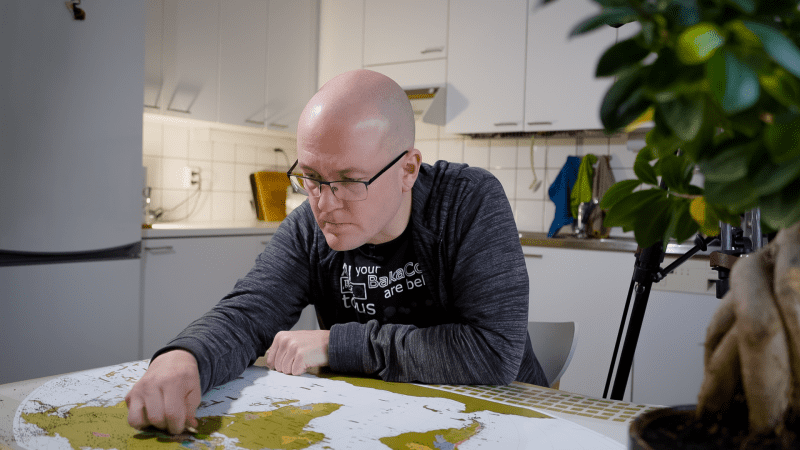
But if you don’t like studying, you can also buy yourself coaching for collecting flight points.
– I don’t live anywhere because I travel so much, he laughs.
Corsten sells airport training. You can buy an hour-long individual coaching from him for $200.
There are cheaper services, but the private session \”undoubtedly guarantees great success, because the customer will be met individually and in depth\ the sales text says.
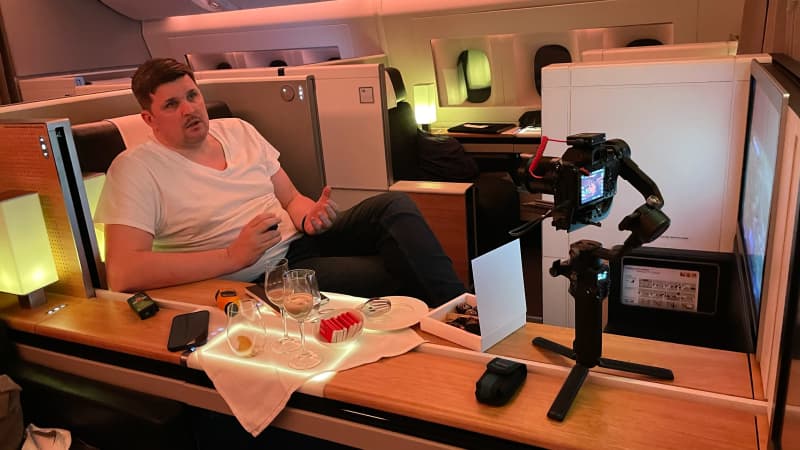
\”They have a Porsche, a Ferrari, a house and a wife\”
Corsten describes his \”coaching\” as more of an active management of customers’ air travel.
This is because about 70 percent of the company’s customers are those who simply state that they want a certain \”status\ i.e. a certain level of an airline. Then Corsten’s company looks for the cheapest option, books everything ready, and the customer just takes care of the expenses.
– Let’s say we send a customer from Frankfurt to Sao Paulo. He doesn’t fly there directly. He first flies from Frankfurt to Stockholm, then back to Frankfurt, from there to Zurich and from there to Sao Paulo.
According to Corsten, his clients usually have \”more money than time\”.
– A typical story is that the customer has received silver or gold status due to business travel. But then he discovers that there is an even higher status. And then he gets in touch.
One customer immediately paid 50,000 euros to get to the highest level of Lufthansa that he wanted. This level is one of the most difficult to reach in the world.
– If I’m honest: they often have a Porsche, a Ferrari, a wife, a house and a black American Express, but to feel even better and bigger, they also want the highest airline status. It’s a status symbol. It’s an emotional thing. People worry when they are about to lose a certain status.
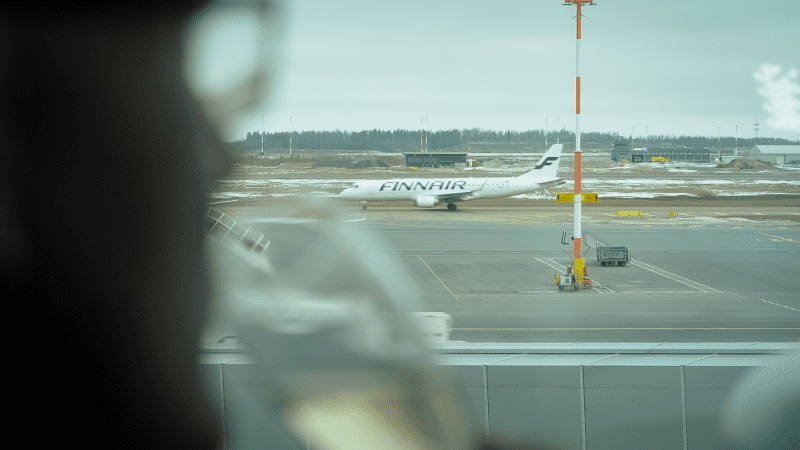
The champagne is flowing
Niko Ikonen has not had to resort to coaching. Parviäly also works for collecting flight points.
For Ikonen, the community of airport point collectors, who mainly discuss on the Flyertalk website, has played a big role in understanding the *systems*. Discussions are held in English, as in the aviation industry in general.
Flyertalk has its own subpages for practically every airline, behind which you can find thousands of different discussion threads and messages. The most common messages are detailed questions about, for example, luggage, travel classes or connecting flights. There are separate threads for \”serious questions\” and \”funny\” chats.
A thread has been created for the purpose of congratulating passengers who have reached Finnair’s Platinum Lumo level. It is the highest of Finnair’s levels, and it also includes Ikonen.
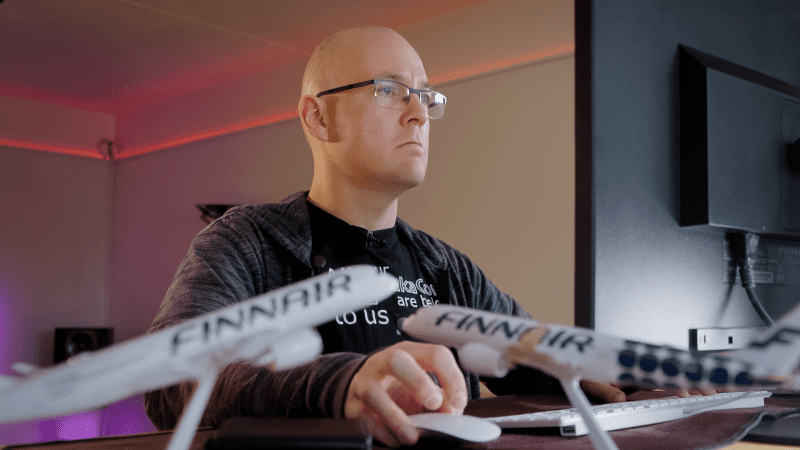
In addition to flight deal tips, enthusiasts discuss a lot about the service levels of airlines and airports. From lounges, special diets available, airplane seats, among others.
Ikonen confirms that the services that can be accessed with points are a very essential part of the hobby for most airport point collectors. They are like rewards for a job well done.
– For example, that first champagne on the flight is important to many people.
Recently, Finnair’s announcement that it will stop serving champagne on European flights has spoken to airport collectors. In the Facebook group of collectors, the name \”champagne-gate\” has been used on the subject.
In Flyertalk, on the other hand, the \”*No more champagne…*\” thread gathered more than 25,000 page downloads and 200 comments in a couple of weeks.
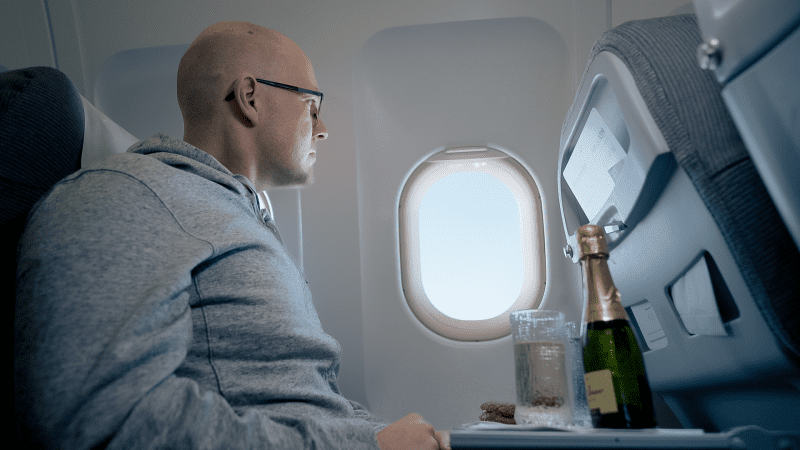
Collecting is like a game
Ikonen knows a couple of Finnish airport enthusiasts. Every now and then they organize meetings.
But what is essential, Ikonen says, is that you can enjoy collecting flight points, even if you only fly one or two flights a year. In his opinion, collecting points should be defined in such a way that its goal is to maximize the number of points in relation to the amount of money spent – even if those flights are only one per year.
This is because there are those who enjoy air travel, whose goal is to collect as many flights as possible. Such avid flyers might \”bounce\” back and forth to Stockholm, for example, three times in one day.
Ikonen bounces like that less often, because those who optimize the number of points usually prefer intercontinental flights and business class.
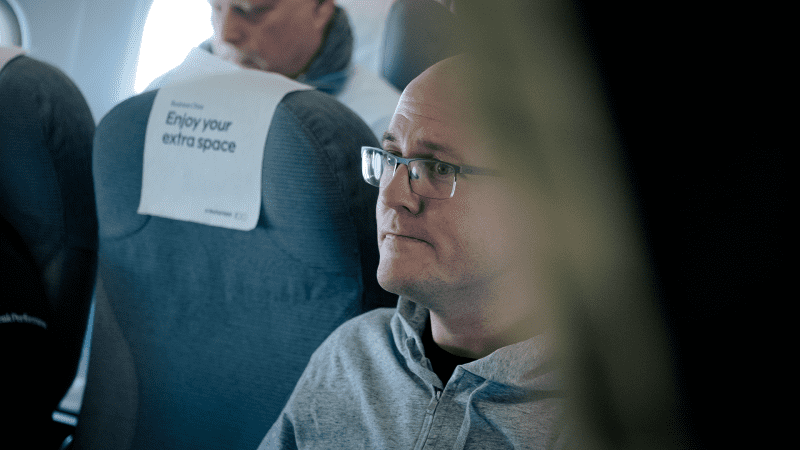
But why does Ikonen collect points at all? And shouldn’t he be a pilot or get a job where he gets to travel a lot, since airplanes are so attractive?
In fact, Ikonen is a pilot: he has a private pilot’s license. But he doesn’t want to be a commercial pilot. He is satisfied with his work in the IT industry and the standard of living it enables.
Collecting points is, above all, a pleasant hobby for Ikosen, which brings demandingness to the actual hobby, i.e. traveling.
Ikonen experiences collecting points as a game.
As is often the case in games, the goal in collecting airline points is to win, in this case the airlines and their point systems. In practice, it means finding the best deals, but also finding and exploiting weaknesses and loopholes in the systems.
– The best stage in the hobby is often even the moment of buying a flight. When you have found a flight that perfectly suits your needs.
\”There are big numbers in it\”
But that climate change. I have to ask about it.
In theory, airport collection can also be practiced in such a way that the carbon footprint is as small as possible. Especially in this day and age, when phone apps calculate and report your carbon footprint without asking.
Ikonen says that he himself has often chosen to fly a propeller plane, not a jet turbine plane, because a propeller plane pollutes less.

But of course, it would be quite ironic to present myself as an air travel enthusiast aiming for a small carbon footprint.
Yes, Ikonen knows that himself.
He presents his flight diary, which contains key figures from one year: 115 flights and 350 thousand flight kilometers. This means circling the globe 8.8 times and 501 hours, or 21 full days in an airplane. 40 tons of CO2 emissions have accumulated.
– There are big numbers in it. I can say that.
Ikonen says he understands why air travel is frowned upon. The climate emissions are considerable and the purpose of use at any time, he states.
But Ikonen doesn’t know flight shame. In fact, quite the opposite.
Ikonen is a proud collector of flight points and talks about it openly and with pleasure. It says so on his Tinder profile too.
– So that there are no ambiguities later.
In Ikonen’s opinion, is flying then labeled as too much to blame for climate change?
He thinks about his position for a moment and then answers that he is. He justifies his answer through other emission sources.
– It was in Hesar that there was talk about Venezuela and the collapsed oil industry. There, methane just leaks around when no one maintains the production facilities. And the same thing is going on in Azerbaijan, or actually almost everywhere where there has been an oil industry without major green ideas. They are less talked about than flying.
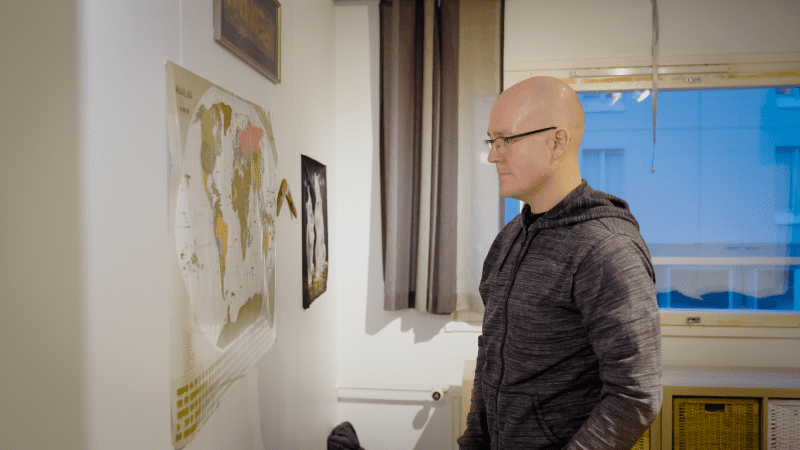
Ikonen’s great wish is that a solution to the environmental problem would be found by developing technology. A fixed, emissions-independent tax would only be additional income for the state without environmental incentives, he thinks.
– If Finland introduced a large flight tax, Finns would fly from elsewhere, probably from Tallinn.
Ikonen is honest. He says that he avoids getting anxious about things that he doesn’t feel he can significantly influence. That’s why he doesn’t read too much about the environmental impact of flying.
Ikonen has not come across a discussion among airport point collectors about the measurable emissions of flying.
– However, it could be that I just haven’t noticed the discussion because I’m not that interested in the topic.
Ikonen has made choices
Let’s finish talking about money. Even if you understand the *systems* perfectly, flight points don’t work like investments in the best case scenario: that is, when there are a lot of them, you could somehow live a financially independent life with them.
Of course, collecting requires wealth, especially at the beginning, Ikonen states.
But, of course, collecting can improve, as stated. According to Ikonen, the benefit that can be achieved by learning *systems* and optimizing flights is considerable compared to the prices paid by an ordinary air passenger.

In the end, however, it is the IT industry and a \”nice\” salary that makes collecting airport points possible for Ikonen. He could earn more if he wanted to work more.
But doesn’t want to. Ikonen has made choices.
He drives an old Honda and shares an apartment with a roommate in an affordable residential area. Or actually, the residential area is not that very affordable, but the apartment is, compared to the environment.
Ikonen smiles with satisfaction when telling the amount of the rent. Sweet spot, too.
*You can discuss the matter on 29.4. until 11 p.m.*
